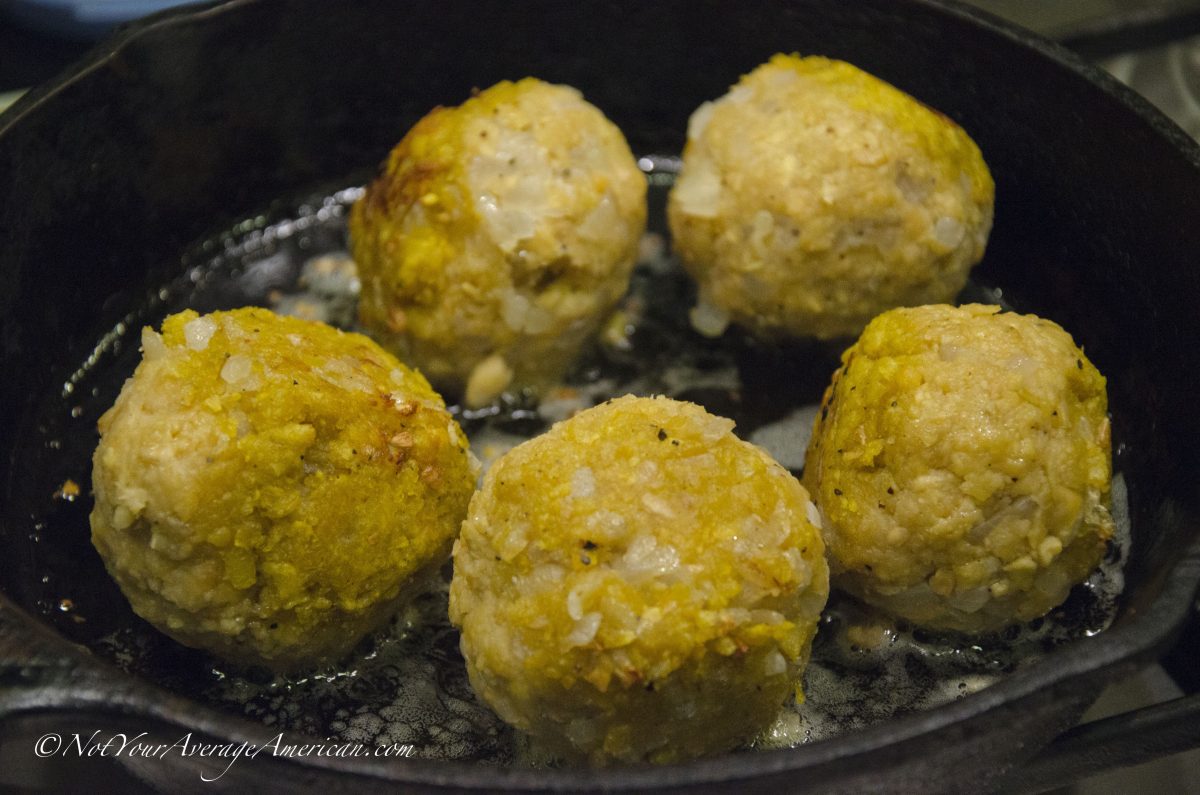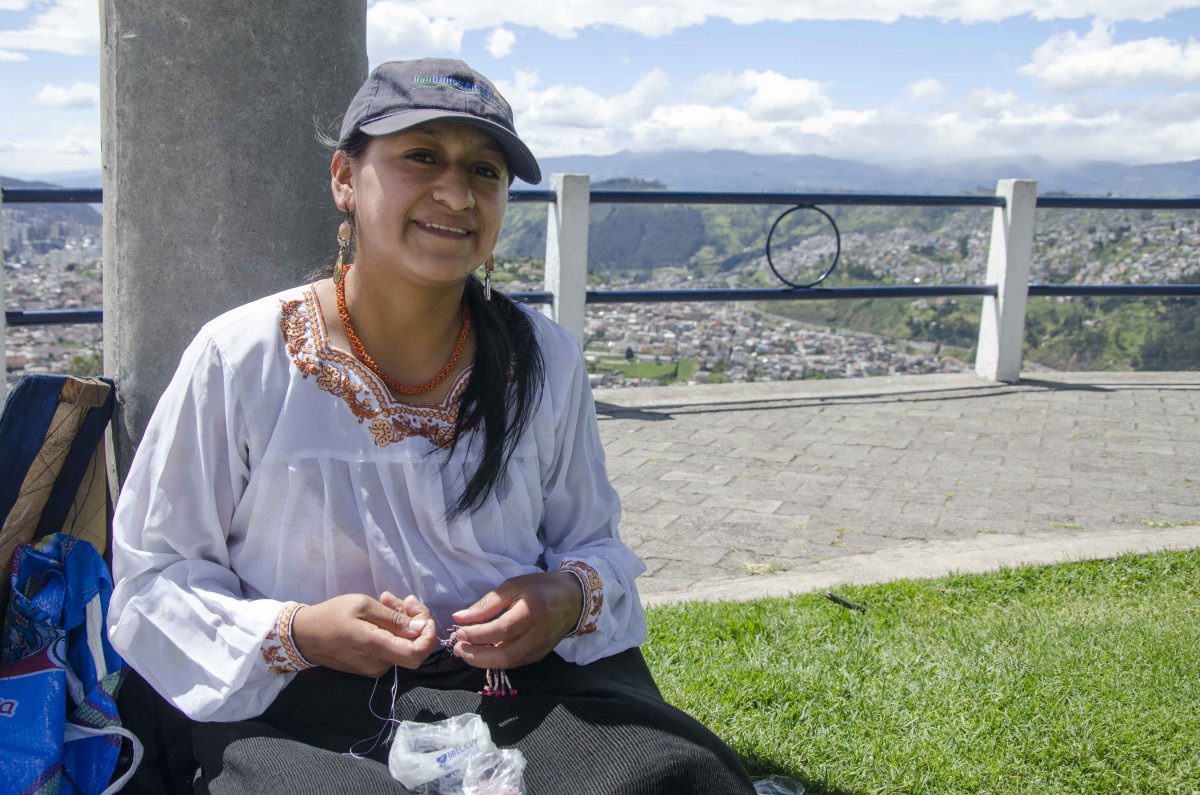As responsible travelers evolve, so do the stories we share.
This article is part of our living archive — trusted content we continue to care for.
First published on March 16, 2018 • Last updated on May 16, 2018.
Pinocchio the Ecuadorian Andean Bear captured the hearts of residents in a small town of the Cotopaxi Province. Two local men found the young cub and his small sister on a nearby farm. To read more about saving Pinocchio and his first day with humans, read Part 1 of the Pinocchio series.
Andean Bears In Danger
It’s hard to imagine that finding an Andean Bear cub alone in the wild is a common occurrence. However, loss of habitat repeatedly places this endangered animal in close proximation with humans. As farmers cut down native forests, human-bear interactions are fairly common.
As omnivores, Andean Spectacled Bears will take food where and when they can find it. Farm fields make easy pickings for a hungry animal. Furthermore, Ecuadorian farmers believe that Andean Bears attack and kill a more expensive commodity, cattle. While scientists acknowledge about 5% of Andean Bears eat meat, few animals are known to actually hunt. That doesn’t stop Ecuadorian farmers from believing that bears kill cows. In response, if a bear wanders too close to a farm, its life is in danger.
What To Do With An Andean Bear Cub
Cubs found in the wild without their mothers are a symptom of this larger problem. Farmers kill large bears without knowing that they may have cubs hidden in the immediate area. In recent years, several young bears have been recovered and placed in rehabilitation centers. None have been as young as Pinocchio, an estimated 2 to 4 months old when he was found.
The Ecuadorian Ministry of Environment has very little money to help rehabilitate recovered cubs. Therefore, they have often relied on the partnership of private organizations and wildlife preserves to help rescue Andean Bears.
So imagine the surprise of all involved with Pinocchio’s rescue when the Ministry decided to decline help from the Andean Bear Foundation. Overnight, this small cub lost a potential home in a rehabilitation center with experienced staff. Instead, he was placed in limbo.
Making Sure Pinocchio Was Healthy
Pinocchio first went to a veterinary clinic in Latacunga, the nearest large town to La Maná. The veterinarian declared him healthy but dehydrated and underweight, confirming the diagnosis already made by the Andean Bear Foundation veterinarian Leonardo Arias. Furthermore, the clinic placed a microchip in Pinocchio with the idea that he would be easier to track once released into the wild.
, Lorena Tapia:
The fundamental objective of this intervention was a precaution for this mammal’s health and to move him to a veterinary clinic where he could receive specialized attention.
El objetivo fundamental de esta intervención fue precautelar la salud del mamífero y movilizarlo a una clínica veterinaria, donde reciba atención especializada.
It took a few weeks for the Ministry of Environment to make a final decision about Pinocchio. In the meantime, the Ministry sent him to an isolated enclosure at the San Martin Zoo in Baños de Agua Santa. Facebook messages and Twitter feeds of those involved tell of a complicated diplomatic process between the government and the Andean Bear Foundation. In the end, the Ministry decided that despite 20 years of bear rehabilitation in Ecuador, the Andean Bear Foundation lacked the appropriate legal structure. They decided Pinocchio would remain at the Eco-Zoo San Martin and the zoo caretakers would follow a rehabilitation plan based on the Andean Bear Foundation’s prior work.
Pinocchio in the San Martin Zoo
After the Ministry of Environment sent Pinocchio to the Eco-Zoo San Martin, he was kept in isolation rather than on exhibit:
An enriched isolation zone with native vegetation like bromeliads, a small wooden refuge that serves as nest with straw, and other elements like tree trunks and rocks, are a part of the San Martin Eco-Zoo where Pinocchio the Spectacled Bear recuperates.
Una zona de aislamiento enriquecida con vegetación nativa como bromelias, un pequeño refugio de madera que sirve como nido con paja, y otros elementos como troncos y rocas son parte del área del Eco zoológico San Martín en la que el osezno de anteojos “Pinocho” (Tremarctos ornatus), se recupera. ~
The Ministry released a few videos and photos of Pinocchio playing with balls, climbing tree limbs, and swimming in a pool of water in his new home. His only interaction with humans was supposedly at feeding time and visits with veterinary staff. It is unclear what kind of relationship the staff created with Pinocchio but he was a charismatic cub with a puppy-like personality. It would have been extremely difficult for un-trained staff to refrain from treating him like a pet.
A Growing Bear is Expensive to Raise
At first, updates on Pinocchio were common. The Ministry and Twitter feed.
Pinocchio lived in a habitat recreated to mimic the Andean highlands. The young bear could explore and entertain himself in a fairly large space for an Ecuadorian zoo. The Ministry repeatedly confirmed that Pinocchio was kept isolated from humans in order to later re-introduce him to his native habitat.
As happens, Pinocchio outgrew his puppy-like stage. He grew rapidly, requiring increased amounts of food on a daily basis. At some point, , Estrella and Cosanga, joined him at the zoo. Veterinarian Daniela Miranda reported the bears ate a varied diet:
Their diet has been augmented these last few months because the animals have grown. Cosanga is fed cereal made with rice, carrots, apple, and imported milk, an adequate diet for her. Estrella and Pinocchio eat fruits and eggs as well as a foods from their native habitat like bromeliads and suro (a bamboo-like plant). Furthermore, to further enrich their environment, the food is often hidden.
La alimentación ha aumentado en estos dos últimos meses, porque han crecido. Cosanga se alimenta de papilla a base de arroz, zanahoria, manzana y leche importada, que es adecuada para ella. Estrella y Pinocho comen frutas, huevos; alimentación de su medio como bromelias y suro; además, un poco de enriquecimiento ambiental, que consiste en esconder la alimentación.
However, taking care large Andean Bears is expensive. The Ecuadorian government turned to the large supermarket chain Tia to donate food. According to the video, the bears ate avocados, cabbage, papaya, and any other fresh produce the store would donate. Dog food added very needed calories to their diet. Moreover, native foods were expensive and difficult to procure.
Pinocchio Fades From Public View
Reports of Pinocchio’s well-doing decreased as the public lost interest in a fully grown bear that they could not visit. Therefore, it is unclear at what point the Ministry of Environment decided that Pinocchio would not be a good candidate for release.
According to Ian Shelley, the collections manager at the Salisbury Zoo in Salisbury, Maryland, the Ministry of Environment attempted a soft release of Pinocchio. They placed Pinocchio and Estrella in a controlled location where they could not escape. However, the bears were left to find their own food. It was a test to see if the two bears could survive in the wild. In an interview this past January, Shelley said:
Estrella acted like a wild bear and hid when people came by. Pinocchio just wanted to have his belly scratched.
It had become increasingly clear that Pinocchio had imprinted on human beings. We will likely never know how much this was due to his age upon rescue or to the limitations of the new rehabilitation program put in place by the Ministry of Environment.
On November 1, 2017, the Ministry of Environment announced that Pinocchio would not be released in the wild. He never developed a fear of humans and there was concern that once released, Pinocchio would be unable to survive on his own.
, Tracicio Granizo said:
The caretakers have done everything possible to reintroduce the Andean Bear to his habitat. The animal presents a high degree of attachment to human beings even accepting their caresses and for this reason it is recommended that he remains in captivity in a zoo.
Los técnicos han hecho todo lo posible para reinsertar al oso andino a su hábitat. El animal presenta un alto grado de apego al ser humano que hasta se deja acariciar y por eso se recomienda mantenerlo en cautiverio definitivo en un zoológico”, aclaró Granizo.
Armando Castellanos of the Andean Bear Foundation regrets that they never had the opportunity to attempt Pinocchio’s reintroduction. He remains confident that Pinocchio could still be returned to the wild, especially if placed in a location far from human occupation. He and several others led a petition to drive to keep Pinocchio in Ecuador.
Instead, Pinocchio would travel to Salisbury, Maryland in a joint agreement between Ecuador and a small-town zoo with big plans for Andean Bear conservation.
If you would like to make a donation to help promote the Andean Bear Foundation in Ecuador, please click on the button on their landing page and use Paypal to complete your donation. You can also follow their work on Facebook.
North Americans might prefer to donate via the Zoo Conservation Outreach Group.
If you would like to share your experience with Andean Spectacled Bears, please contact us.






















